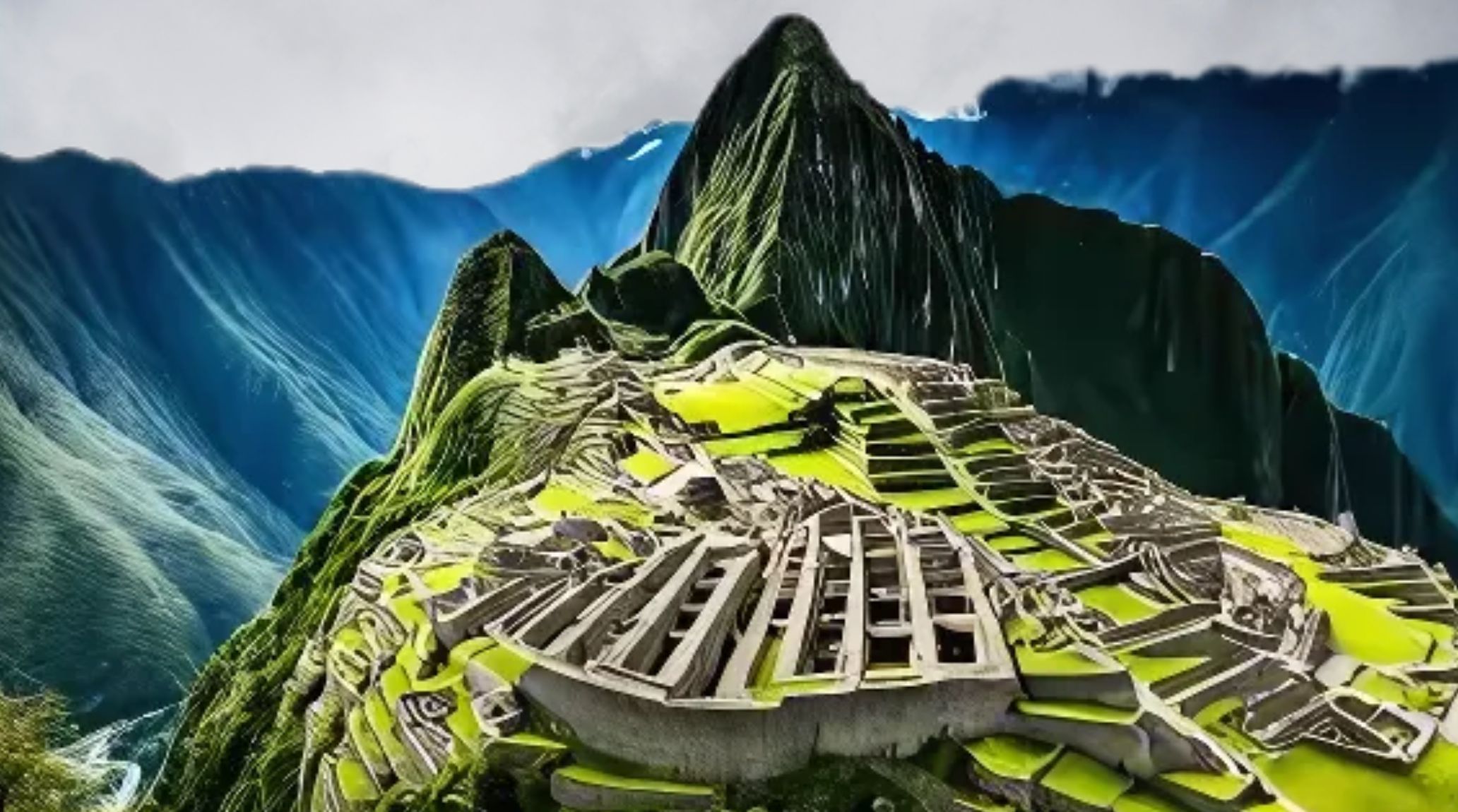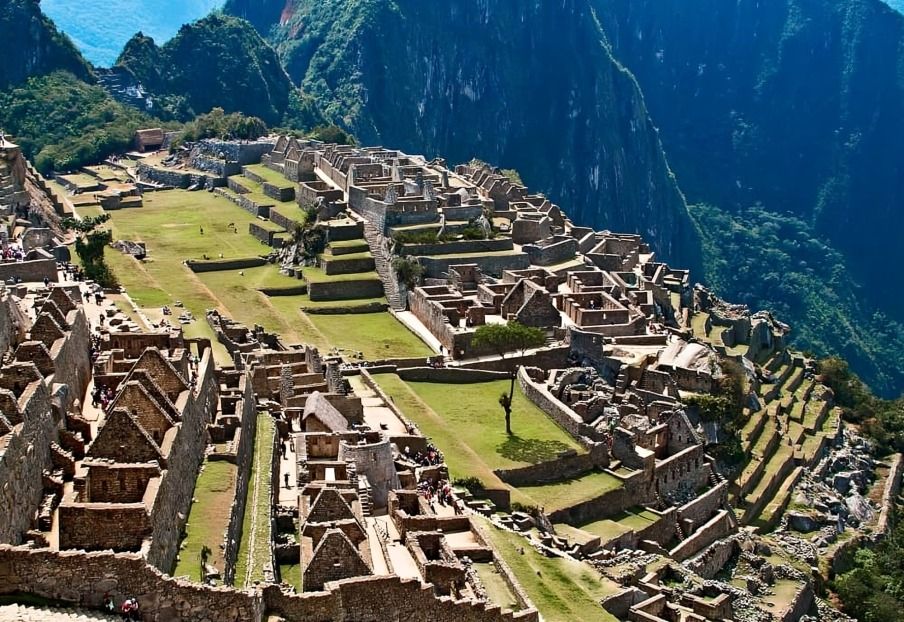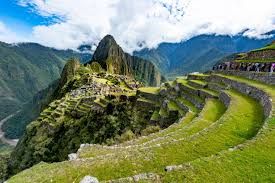
“
Machu Picchu, the Lost Incan City nestled in the Andes, is one of the world’s most mysterious and awe-inspiring archaeological sites. Known for its stunning beauty and intricate stonework, this ancient wonder has captivated travelers and historians for centuries. In this blog, we’ll explore captivating facts about Machu Picchu: The Lost Incan City in the Andes, uncovering 20 amazing details about its history, construction, and significance. Whether you're planning a visit or just fascinated by its secrets, these facts will deepen your appreciation for this remarkable Incan marvel.1
1
”
Machu Picchu, meaning "Old Peak" in Quechua, consists of over 150 structures, including baths, houses, temples, and sanctuaries, showcasing the impressive architecture of the ancient Incan civilization. 1
The population of Machu Picchu during its construction is debated, with estimates ranging from 750 to 1000 people. Archaeological evidence suggests it supported agricultural, construction, religious activities, and the elite’s needs. 2
Machu Picchu was never truly "lost," as local inhabitants were aware of it long before American explorer Hiram Bingham’s 1911 discovery. In fact, farmers were already working the terraces during Bingham’s expedition. 3
The site’s precise stone construction uses no mortar, with each stone cut to fit tightly, a technique called ashlar masonry that helped Machu Picchu withstand earthquakes in this seismic region. 4
Machu Picchu is divided into two main areas: the agricultural zone with terraces for farming, and the urban sector, which includes temples, houses, and observatories, reflecting Inca city planning. 5
The Temple of the Sun, one of Machu Picchu’s most significant structures, aligns with the June solstice sunrise, showcasing the Incas’ advanced understanding of astronomy and celestial events. 6

Machu Picchu was added to UNESCO’s World Heritage list in 1983, acknowledging its outstanding universal value and preserving its cultural and historical significance for future generations.
Machu Picchu, an ancient Incan citadel in Peru’s Andes, is closely linked to llamas, which played an important role in the region’s culture, economy, and transportation during the Incan civilization. 7
The exact purpose of Machu Picchu remains a mystery, with theories suggesting it served as a royal retreat, ceremonial site, or astronomical observatory for the Inca elite. 8
Machu Picchu’s agricultural sector focused on crops like maize, potatoes, and quinoa. The Inca-designed terraced fields optimized limited land in the mountainous area, ensuring fertile soil and maximizing crop yield. 9
The Inca Trail is a renowned trekking route in Peru that leads to Machu Picchu. It offers stunning views of the Andes, diverse ecosystems, and archaeological sites, making it one of the world’s most iconic treks. 10
Machu Picchu’s Inca Trail, a 26-mile hike through the Andes, includes breathtaking mountain views, ancient ruins, and culminates with a sunrise entrance at the Sun Gate overlooking the site. 11

Machu Picchu, located in Peru's cloud forest, is surrounded by lush flora, diverse wildlife, and over 300 orchid species. Llamas roam freely, and rare sightings of the Andean bear may occur.
Machu Picchu’s architecture incorporates natural rock formations, blending buildings seamlessly with their mountain surroundings, reflecting the Incas’ deep respect for the landscape and environment. 12
Machu Picchu’s exact elevation is 7,970 feet, allowing visitors to experience breathtaking views of the surrounding valleys and peaks, including Huayna Picchu, which towers behind the main site. 13
The Inca civilization lacked written records, leaving Machu Picchu shrouded in mystery, as much of what is known comes from archaeological research, oral history, and educated speculation. 14
Machu Picchu's original name is unknown; “Machu Picchu” means “Old Mountain” in Quechua, referring to the site’s mountain location rather than an official name from the Inca period. 15
The construction of Machu Picchu required immense manpower, with estimates suggesting thousands of workers transported stones, built terraces, and erected structures using rudimentary tools. 16
Machu Picchu’s biodiversity includes rare plants, birds, and animals like the Andean condor and the spectacled bear, flourishing in the surrounding cloud forest ecosystem unique to this region. 17
Annual visitor limits aim to protect Machu Picchu’s fragile environment. The site faces conservation challenges from erosion, overcrowding, and natural weathering due to its growing popularity. 18


